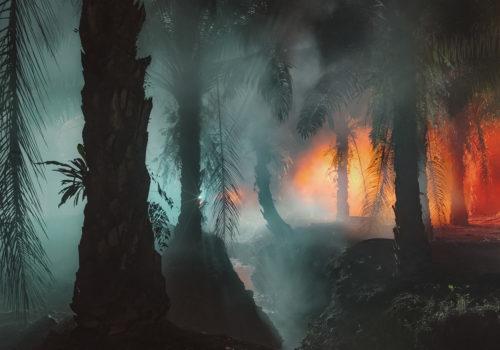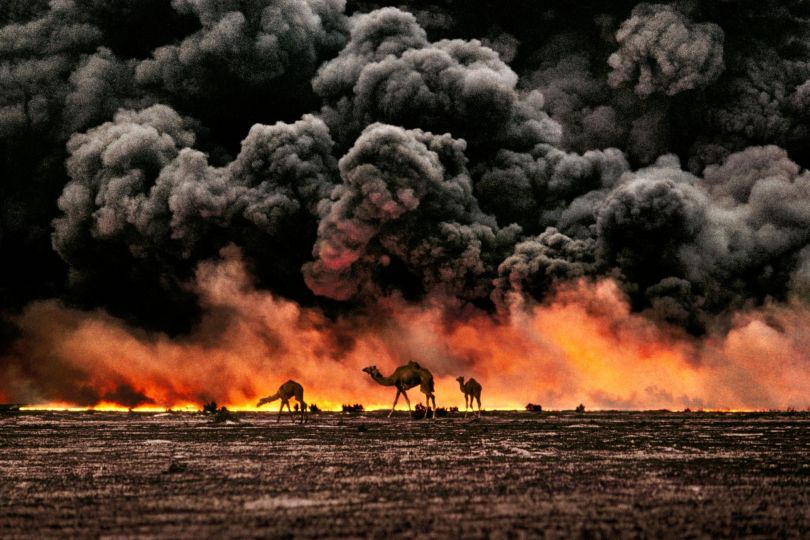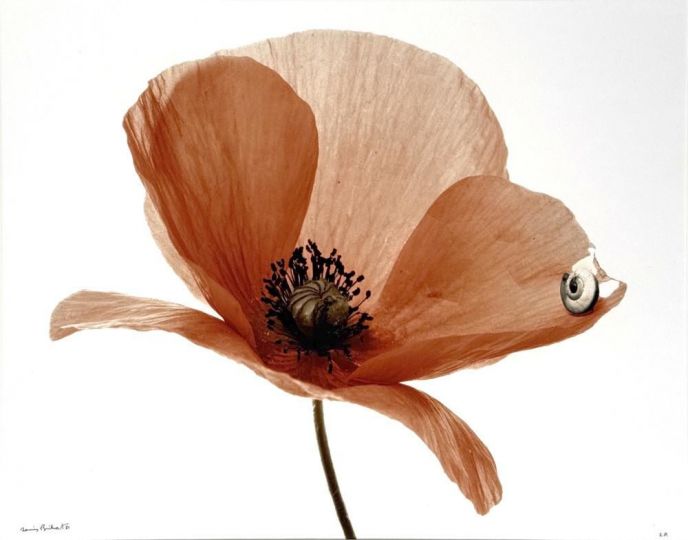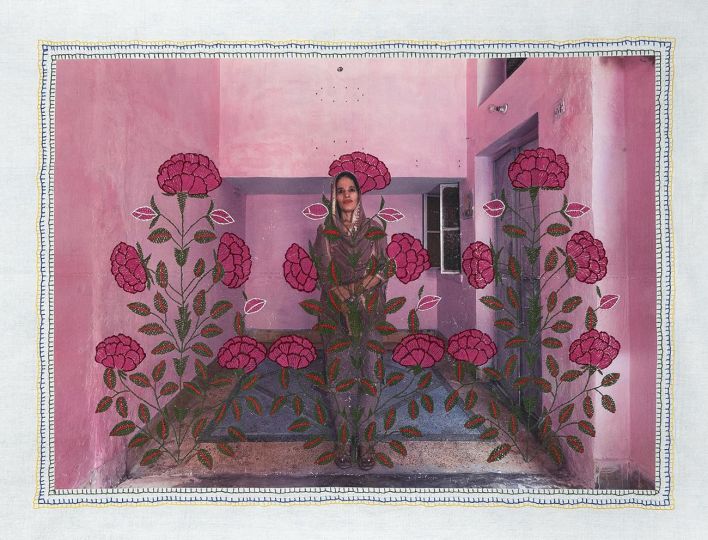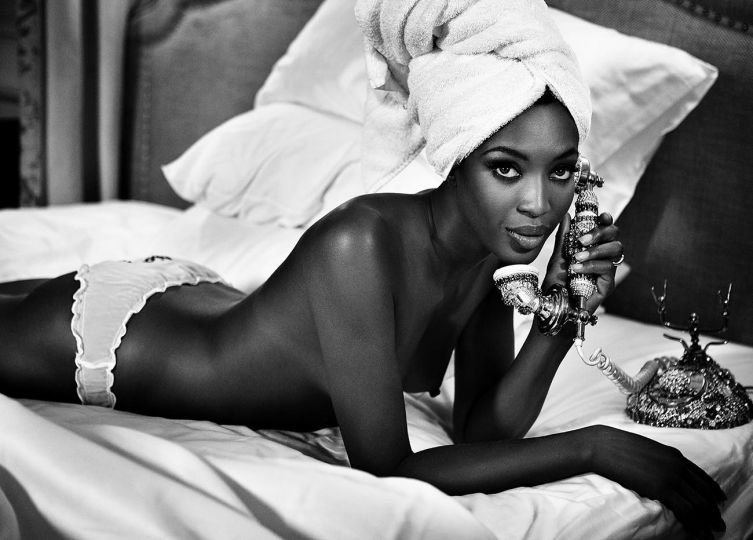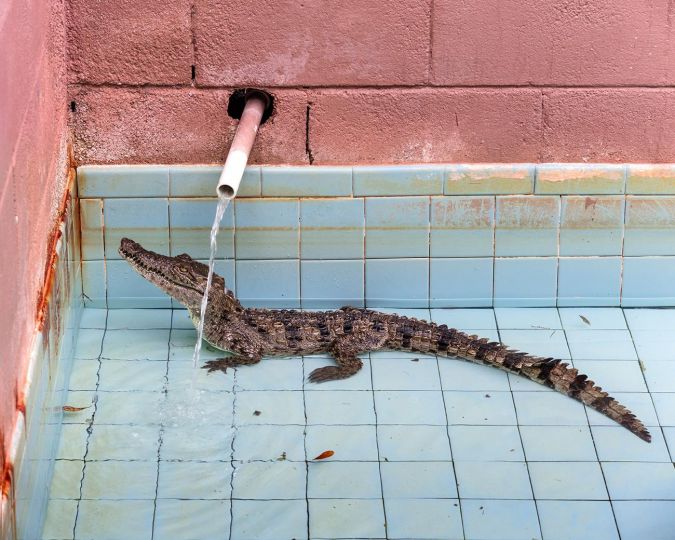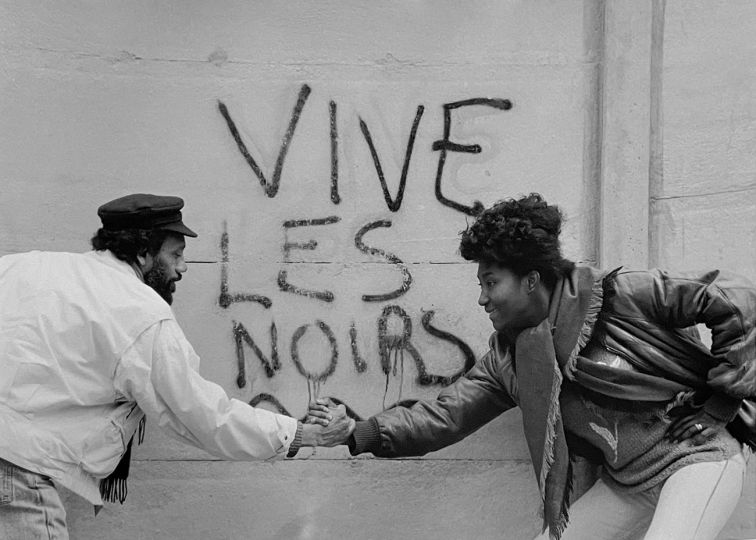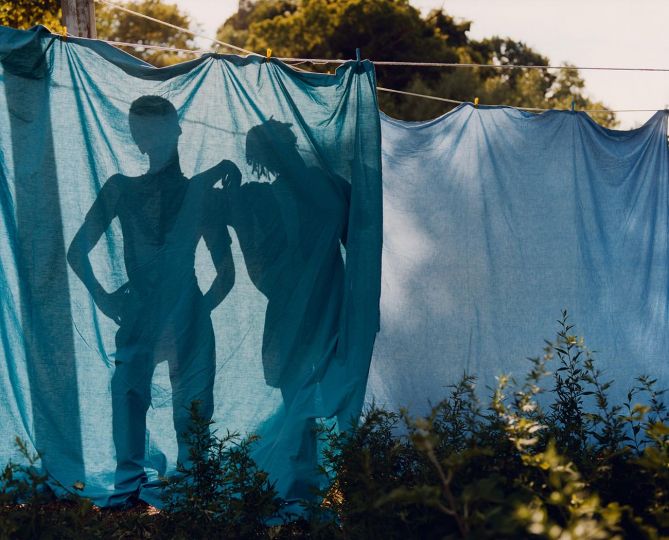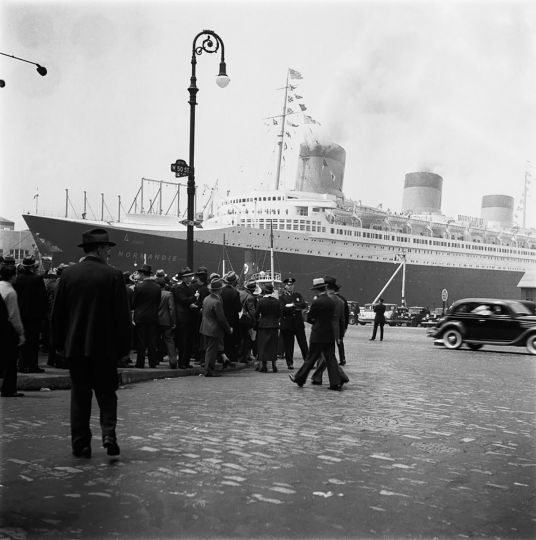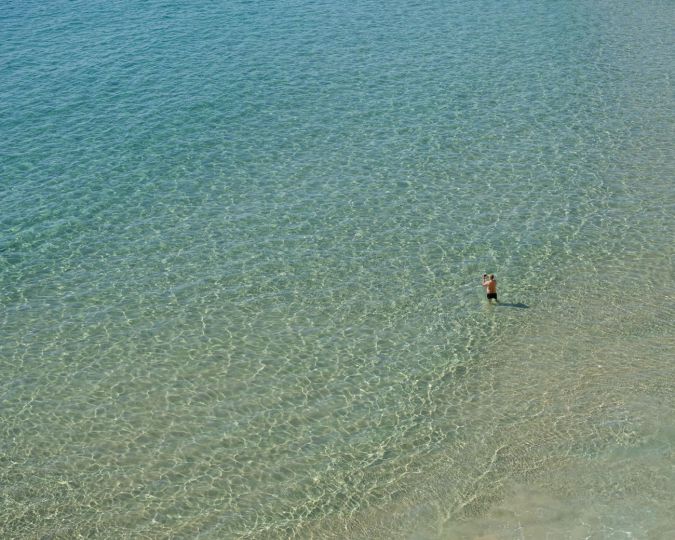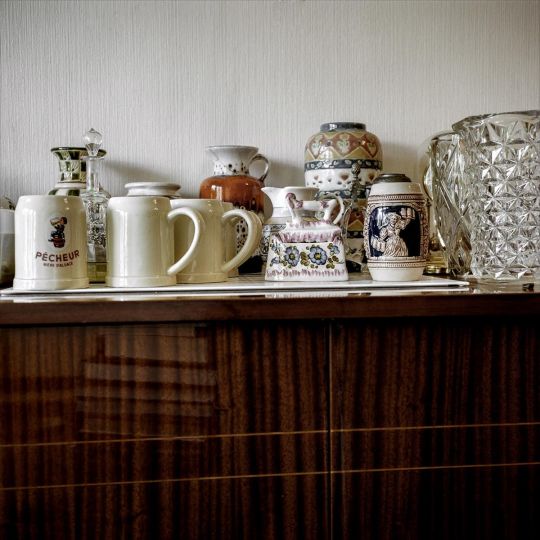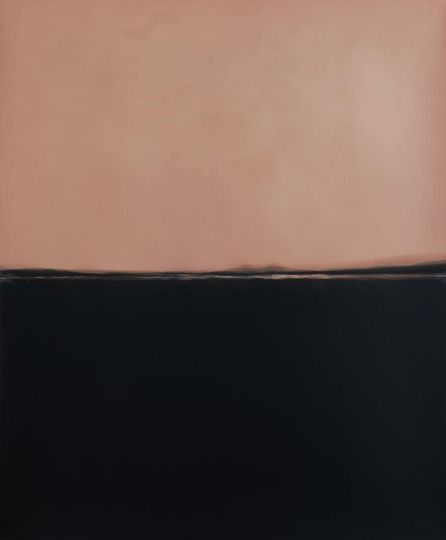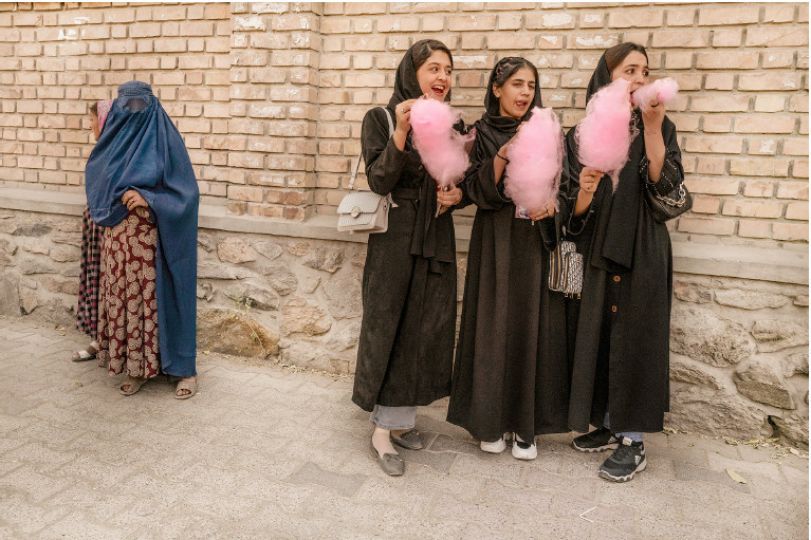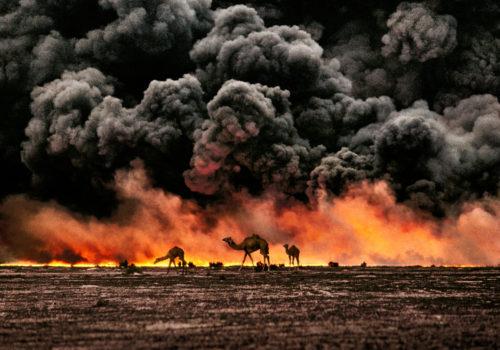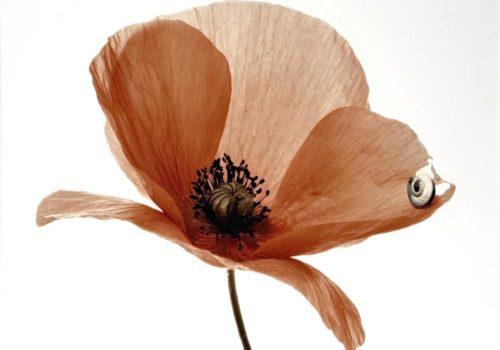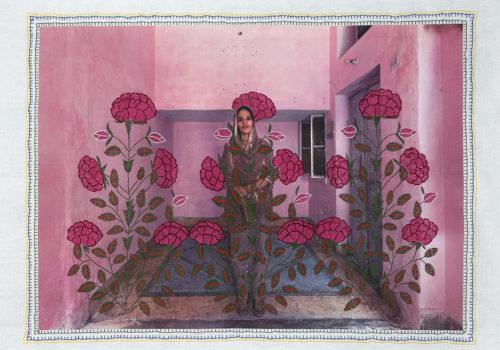With “Paysages Mouvants”(Shifting Landscapes), the Jeu de Paume presents its second festival dedicated to the metamorphoses of contemporary images. An exhibition as well as a series of events (theater, performance, evening event) punctuate this edition. Interview with the festival commissioner, Jeanne Mercier, and the director of the Jeu de Paume, Quentin Bajac.
What are the highlights of this festival?
Jeanne Mercier: This festival is really thought of as a collective story. Within the Jeu de Paume, we have fourteen immersive installations which invite you to immerse yourself in different landscapes: jungle, desert, oasis, glacial landscape or mountains. It is also an opportunity to question ourselves about all the symbols and all the landscapes which have been stereotyped by centuries of representation (painting, literature, cinema). Here, we wanted them as something that is constantly in motion, something that changes all the time, like what we have around us in the world. With the Jeu de Paume, we invited eight artists in the exhibition to create eight new, completely new works. Seven other projects are presented and they are completely readapted for the festival. So this corresponds to the “exhibition” part of the festival which poses political, ecological, sociological and identity questions around the subject of landscape. And then as it is a festival, we imagined three festive times, three weekends, in which we can find many new performances which have been carried out in resonance with the landscape. We will have film screenings, but also compositions of celestial songs, dancers, like Jeanne Alechinsky, who will cross the festival and wander through the rooms. We will also have discoveries around smells and taste, how food can be associated with a territory… The closing weekend will, for its part, be more focused on children as well as on the question of the myth of the landscape.
Why did you choose the subject of landscape?
Jeanne Mercier: When Quentin Bajac invited me two years ago to carry out the project, where I had carte blanche, with all the same this idea of new creations with the support of the Jeu de Paume for these new works, I immediately thought of this work that I have been carrying out since 2018 around the question and representation of landscape. For twenty years, I have been working on the question of the representation of the African continent. For a very long time, we were talking first about human representation and then, from 2015, photographers began to turn away from humans and work more and more on the environments around us. For me, it was a moment of awareness which is of course explained by everything that is happening around us: global warming, the changes that could happen, the question of the exploitation of natural resources. After Covid, the subject of landscape took on an even greater importance and became central.
Why hold a festival on the metamorphoses of contemporary images?
Quentin Bajac: The idea is that it comes back approximately every three years in the programming, the next one will take place in 2028. There has always been, at the Jeu de Paume, a commitment to contemporary creation which has notably included small projects called “Satellites”. It was a great program then, but I found that it lacked visibility. I therefore decided to give carte blanche in the programming to an exhibition curator from time to time and the possibility of producing new works with emerging artists and also more established artists, like here Thomas Struth or Mathieu Pernot. It is one of our missions to produce new works and offer support to a young scene. The idea will always be to entrust this event to an independent commissioner. A fresh perspective, from someone who doesn’t necessarily come from an institution. Why Jeanne Mercier? Because I had followed her journey, I liked her geography since she worked with various artists from various African countries, she lived in Portugal and today she lives in Marseille… All of this meant that this edition would be very different from the previous edition. Rather, the idea is to choose a name and trust. Our role, then, is to support and maintain a form of flexibility to be able to accommodate artistic proposals until the last moment.
Is the idea also to reach new audiences?
Quentin Bajac: We hope so! An audience perhaps even younger than the audience we currently reach. There is also a program aimed at very young audiences and I think it is a subject that can raise their awareness. We are a place without collections so our identity is that of the moment. I am very attached to this idea of addressing different audiences each time. We do not have an audience, but publics. If we have 250,000 visitors each year, I would rather have 250,000 visitors who only come once rather than faithful people who come back every time.
Regarding the changes in contemporary image, will the Jeu de Paume host works created by Artificial Intelligence?
Quentin Bajac: Very soon since in two months, at the end of the festival, the next exhibition will be devoted to Artificial Intelligence. Its title is “The world according to AI” and will also be deployed throughout the building. It will be an opportunity to welcome a large number of proposals around AI, therefore very contemporary, but also to retrace a sort of archeology of AI, with slightly older works.
Interview by Jean-Baptiste Gauvin
Jeu de Paume
1, place de la Concorde, Jardin des Tuileries Paris 1er • Mo Concorde (lines 1, 8, 12)
+33 (0) 1 47 03 12 50
www.jeudepaume.org
Schedules
Exhibitions, bookstore, Rose Bakery terrace café
Tuesday • 11 a.m. – 9 p.m. / Wed. to Sun. · 11 a.m. – 7 p.m. Monday • closed
Prices
Online: full price • 12€ / reduced price • 9€
On site: full price • 13€ / reduced price • 9.50€ Price for under-25s / student • 7.50€ (weekdays)

